Lake Iseo, what to see: 10 stops not to be missed
Lake Iseo is a gateway to the central Alps and at the same time a place easily accessible from the main cities of Lombardy. This dual nature of it, glamorous and wild at the same time, is perhaps the best key to understanding how much Lake Iseo has to offer travelers. Lake Iseo is a lake of glacial origin and stretches from the Franciacorta area, with its hills planted with vineyards where the famous wines are produced, to the foothills of Val Camonica, one of the most popular destinations for mountain lovers throughout theAlps and a treasure trove of important traces of a very ancient past. On the shores of Lake Iseo rise numerous villages and towns surrounded by unspoiled nature and shaped, like the character of their inhabitants, by a life that for centuries has centered around the rhythms of the lake. Among narrow streets, picturesque waterfronts, aristocratic palaces and ancient churches, there are many treasures to be seen during a visit to Lake Iseo. Here are the 10 must-see stops on your trip.
1. The Civic Museum of Natural Sciences in Lovere.
To fully understand the richness of Lake Iseo, there is no better place to start than the Lovere Civic Museum of Natural Sciences. In the heart of the park of Villa Milesi on Lovere’s splendid lakefront is the exhibition space created since the 1990s with the aim of collecting, preserving and displaying scientific artifacts to the public and raising awareness of the local natural and historical heritage. The museum is divided into several sections all extremely rich in exhibits. There is first of all the ornithological one, with 221 local specimens, followed by the entomological, malacological, botanical and mineralogical ones.
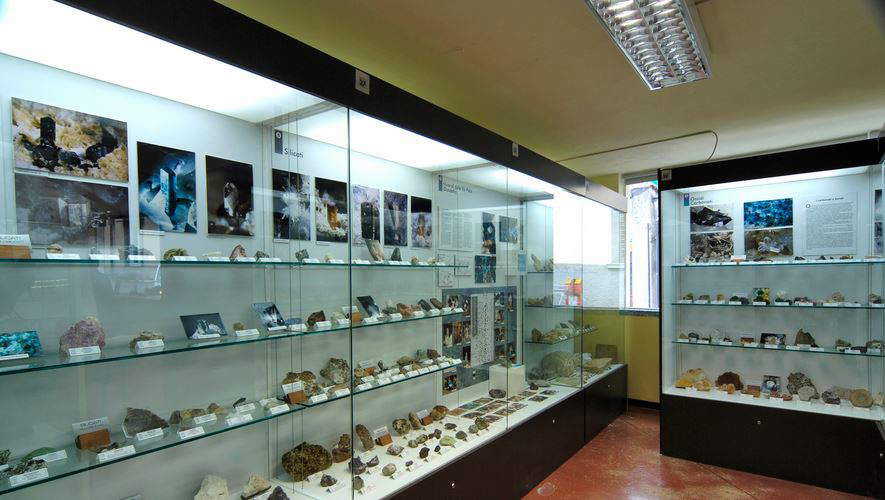
2. The Tadini Academy Gallery in Lovere.
Overlooking the waters of the lake, the Tadini Academy Gallery is located inside a magnificent 19th-century palace built at the behest of Count Luigi Tadini in order to display his art collections. Work thus began in 1820 with the construction of the chapel in the center of the garden, designed to house the Tadini stele, one of the last works of Antonio Canova. Today the museum itinerary unfolds in the rooms on the building’s main floor. The first part contains numerous works acquired by the count during numerous trips to Italy in the second half of the 18th century, while the second part, past the large and famous concert hall, contains a collection of paintings from various Italian schools. On the second floor, on the other hand, is the 19th-century museum, which grew out of the donation of Giovanni Battista Zitti’s collection of Garibaldian memorabilia, later enriched by other Loveresi families.
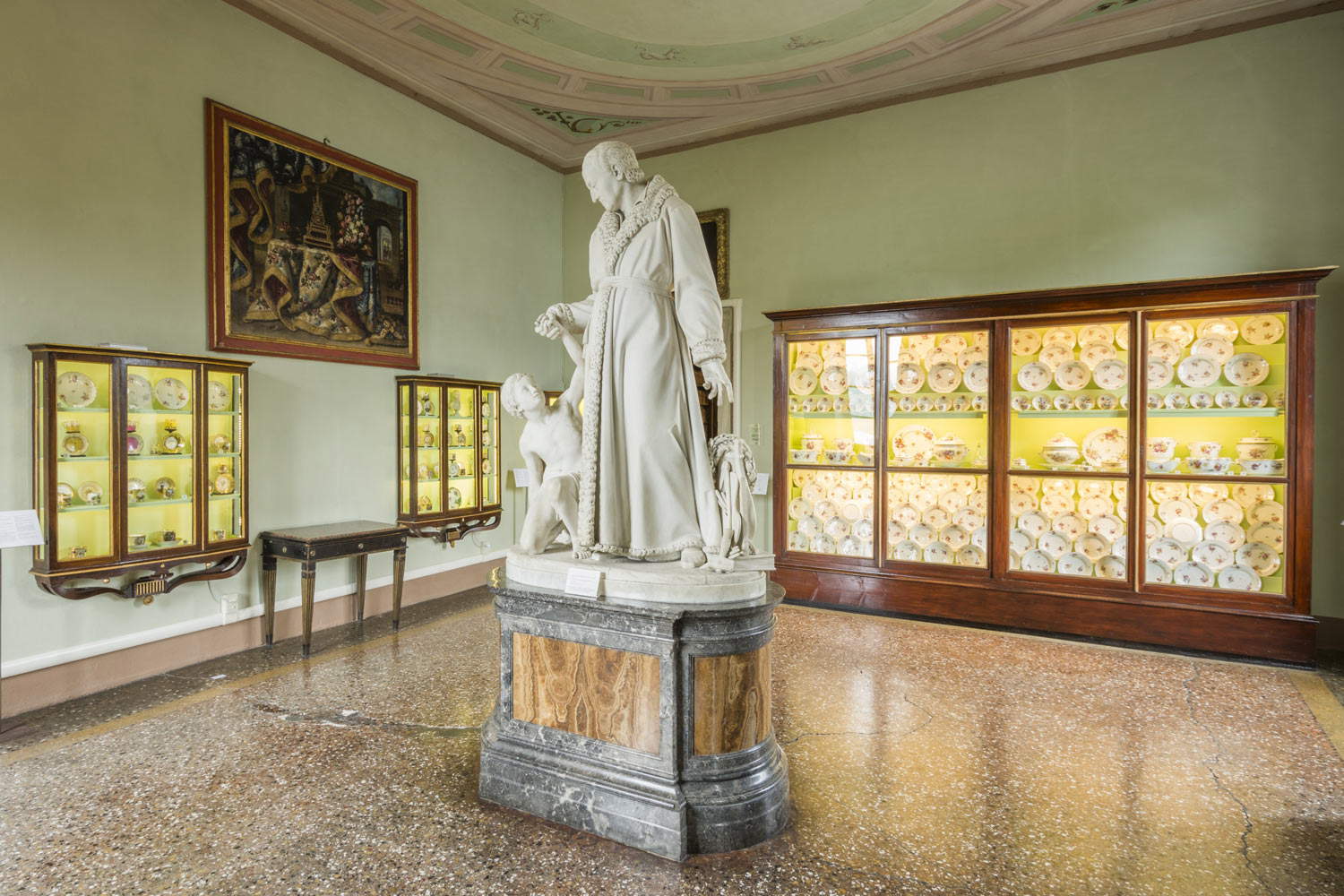
3. The Civic Museum of Sarnico
Inside the splendid 15th-century palazzo Gervasoni is the Museo Civico d’Arte e del Territorio, which bears the name of Gianni Bellini. The palace was formerly a convent as can still be seen from the presence of the cloister and gallery, today it houses a large picture gallery divided on three floors and the result of an important donation by Don Gianni Bellini. A total of about 150 works are preserved in Sarnico, mostly period paintings dating from the 16th to the 18th century. Period furniture and ancient marble and wooden statues are also part of the collection.
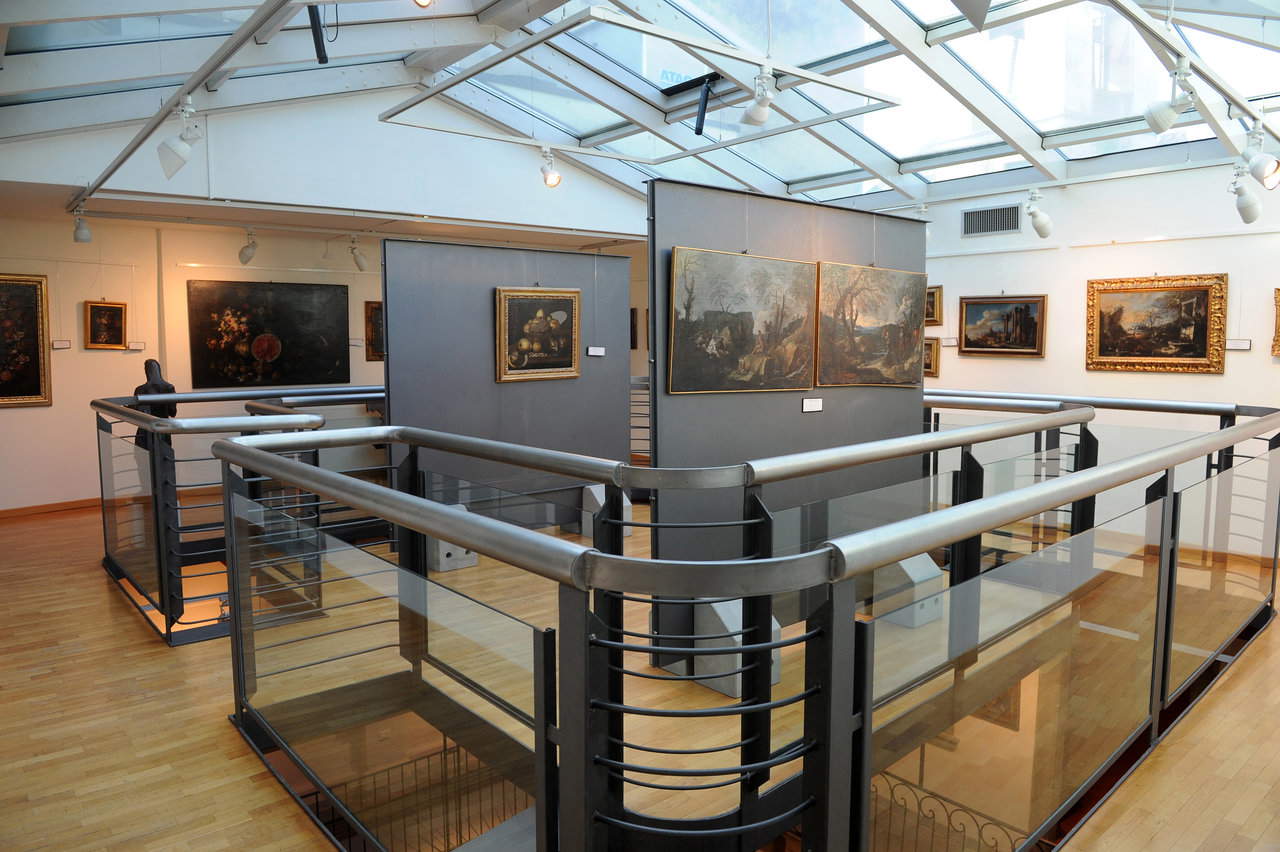
4. Montisola
With its forests, steep shores and quaint villages reflected in the waters Montisola (or Monte Isola) is probably the best known place on Lake Iseo. This, which is the largest lake island in Italy, and one of the largest in Europe, represents an authentic artistic, historical and naturalistic treasure chest. Its evocative beauty also won over the famous land artist Christo, who created a large network of floating pontoons here in 2016, linking Montisola with the coast of Sulzano and the island of San Paolo. There are, on the other hand, many things to see, and to do, on Montisola: one can delve into the dense network of paths that run throughout its territory, one can climb up to the ancient Martinengo fortress, get lost discovering villages and hamlets or stop to admire churches, shrines and noble villas that dot both its coastline and interior.
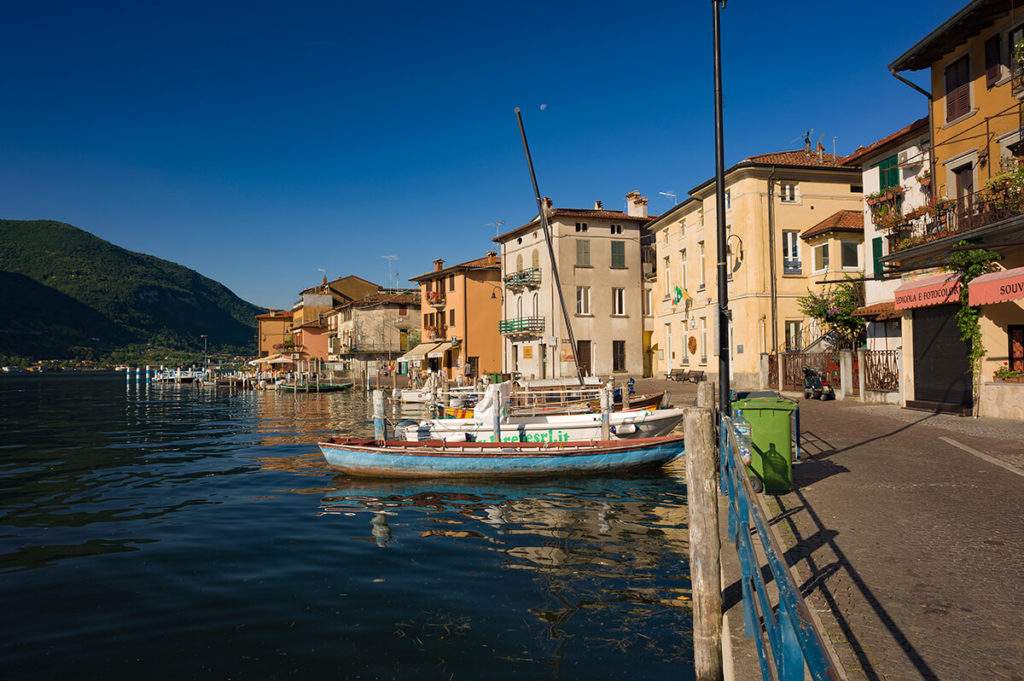
5. Sebino peat bogs
Classified as a wetland of international importance, theTorbiere del Sabino nature reserve is one of the cradles of life in the entire Po Valley. Here there is a wide variety of habitats that are home to numerous aquatic marsh species now threatened with extinction not only in Lombardy, but throughout Italy. There are numerous trails that wind through the territory of the reserve and allow close observation of plants and animals in a wild and unspoiled habitat, among them the most striking is probably the central one that winds through wooden footbridges that connect the different tongues of land right in the heart of this territory.
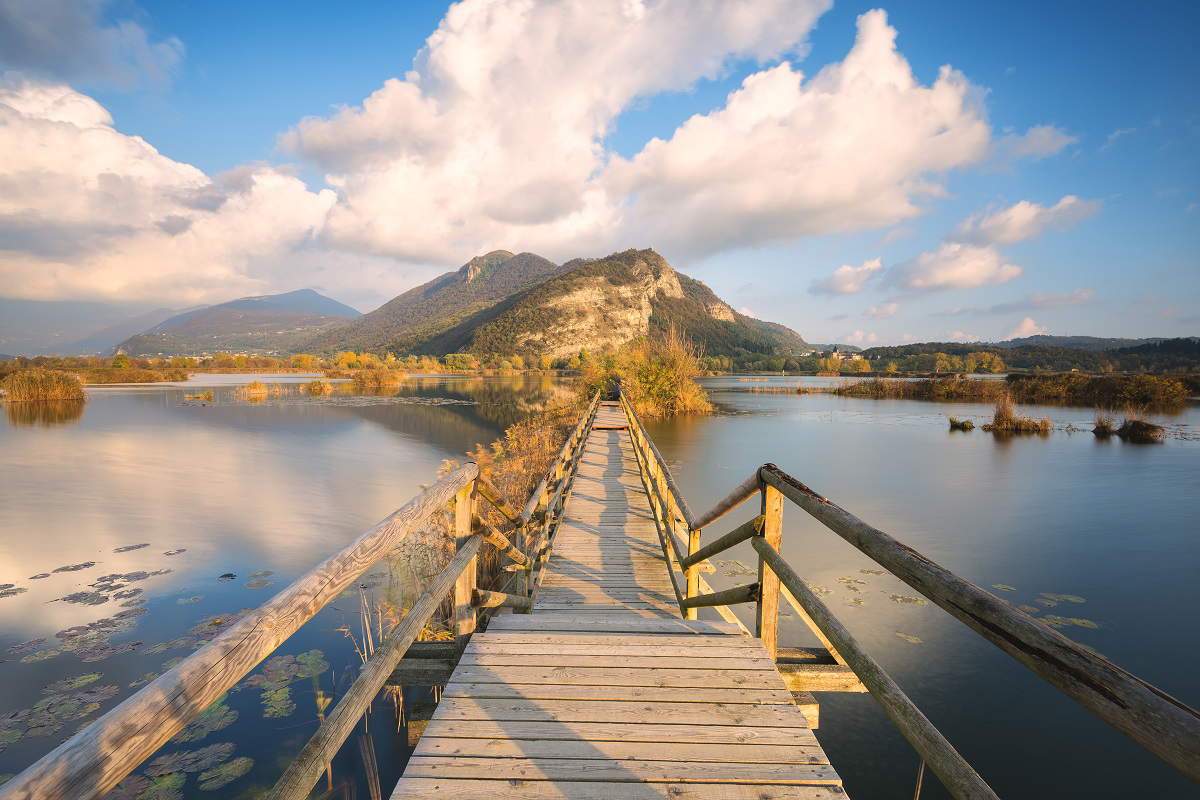
6. The monastery of San Pietro in Lamosa
In Provaglio d’Iseo, above a rocky rise is the Monastery of San Pietro in Lamosa, a very ancient building overlooking the peat bogs. The monastery is believed to have been built where ancient pagan and early Christian temples stood in antiquity; instead, traces of the construction of an early church date back to the 11th century, which was later donated to the monks of the Abbey of Cluny and then became the center of the economic and religious life of the area. The Cluniac monks remained there until the 15th century, and traces of their passage are still clearly visible even though today the church has distinctly 15th- and 16th-century features. Numerous works of fine workmanship are preserved inside, including a fine cycle of frescoes of theHistoria salutis dating from the 15th-16th centuries, which is located in the adjoining oratory of Santa Maria Maddalena.
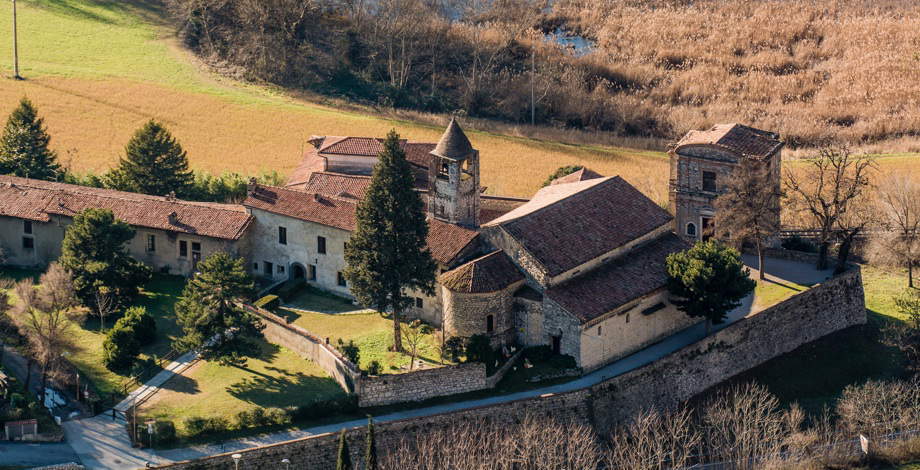
7. The parish church of Sant’Andrea in Iseo.
Its bell tower is among the most easily distinguishable elements of the skyline of this area, but it is the parish church of Sant’Andrea itself that is one of the most identifying monuments of these shores. Its origins are traced as far back as the late 5th and early 6th centuries, while the great bell tower dates back to 1100 when it was inserted within the austere facade. The interior of the church, on the other hand, is the child of the neoclassical renovation done in the first half of the 19th century to a design by Brescian architect Rodolfo Vatini. The commission of two important canvases for the chapels, including Francesco Hayez ’sArchangel Michael and Giuseppe Diotti’s The Repentance of St. Peter, also dates from this period. Also worth seeing in Iseo is the church of San Silvestro: this marvelous Romanesque church is believed to have been the private oratory of the bishop of Brescia when he stayed at length on Lake Iseo in the summer. Inside, the church of San Silvestro consists of a single hall divided into two floors, the lower one of which became, from the 15th century onward, the property of the confraternity of the Disciplini, as, among other things, is evidenced by the frescoes depicting some members of the order. Particularly striking is the recently restored fresco of the Dance Macabre in which a number of characters are still recognizable, including a doctor, a bishop, a king and a merchant with his own purse of denarii
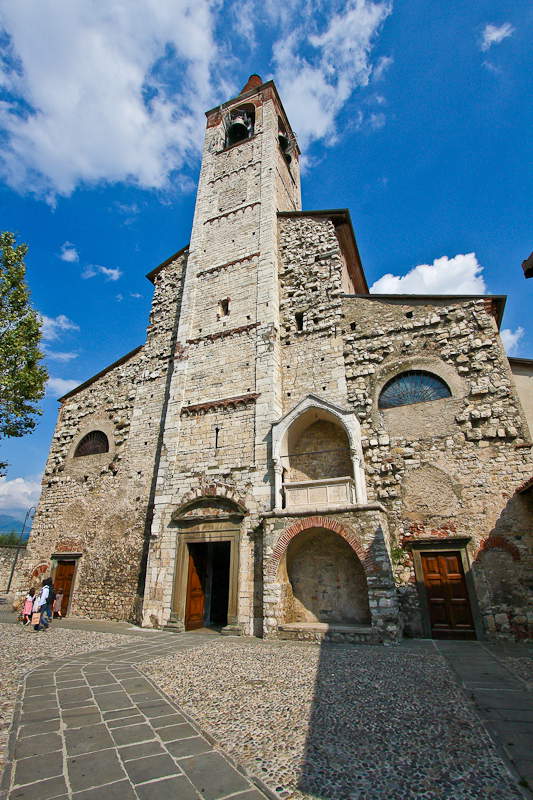
8. The village of Lovere
Nestled on the shores of Lake Iseo, the village of Lovere is one of its most charming and historic corners. Strolling along its splendid lakefront, getting lost among the mountain peaks and clear waters is an experience to be absolutely tried as well as stopping to discover the many treasures guarded by this jewel of a town. Starting from the splendid Piazza del Porto with its majestic buildings that frame it, penetrate into the square and narrow streets to admire the old civic tower or the ancient church of San Giorgio and then descend back to the lakefront where Palazzo Tadini with its Accademia is located and is set in a context rich in aristocratic villas whose imposing facades are reflected in the lake. Also not to be missed is a visit to the basilica of Santa Maria in Valvendra, built in the late 15th century.
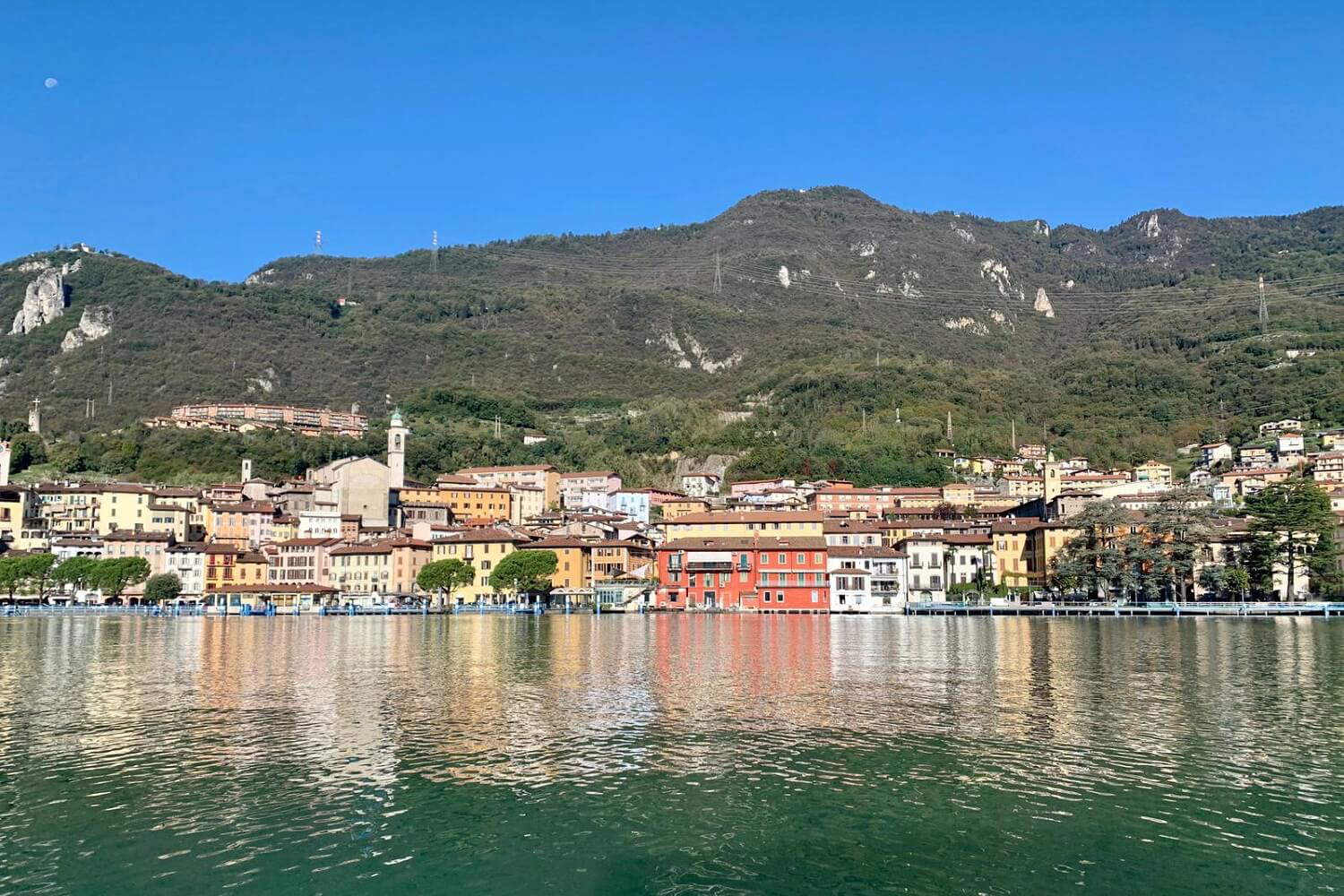
9. Sulzano
Sulzano is undoubtedly one of the most characteristic places on Lake Iseo with old houses that are literally lapped by the waters. This fishing village is one of the starting points for excursions up to Montisola, but it is above all one of those rare places that can enrapture the heart of the traveler as soon as he sets foot in it. Among hidden alleys and characteristic landing places for fishermen’s boats, one can touch the history of the lake and its very ancient community. In this truly evocative and picturesque setting, the church of the Visitation, dating from the 18th century and an admirable example of Baroque style, and, a little further upstream, the coeval church of San Giorgio deserve special attention.
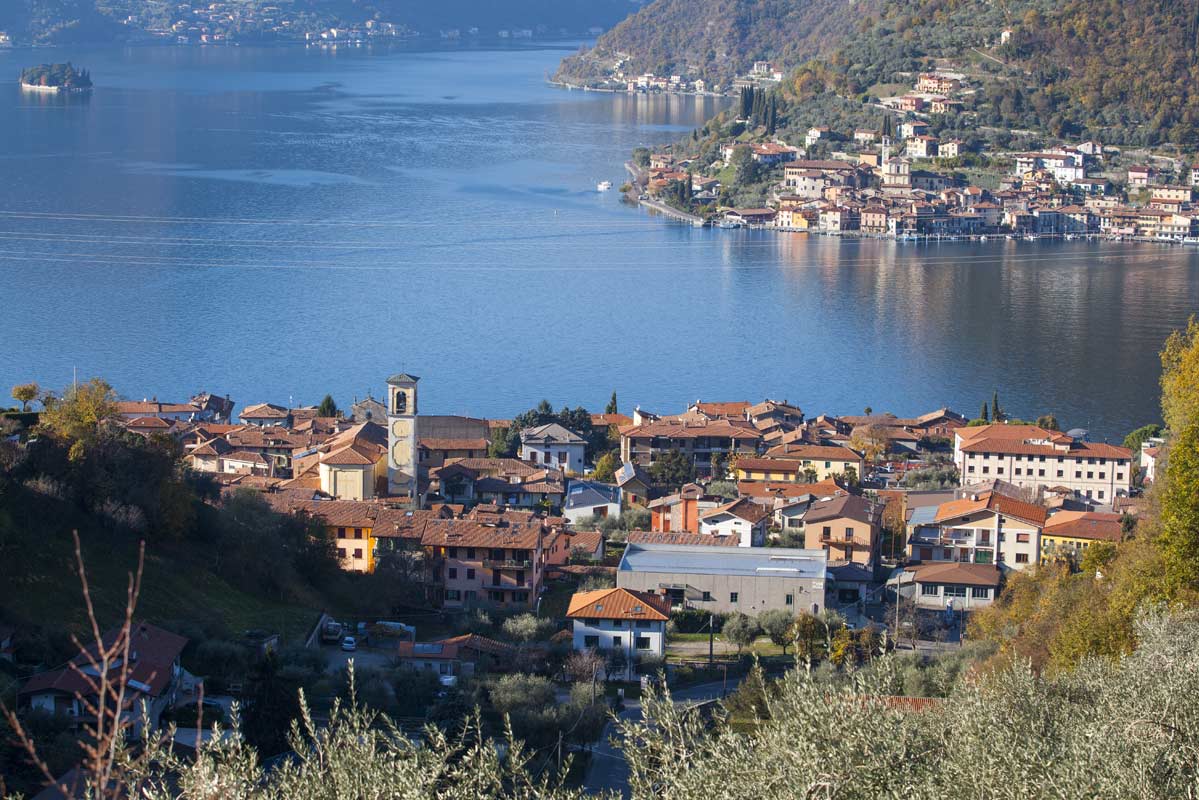
10. The sanctuary of Santa Maria di Giogo
Situated at the crossroads of ancient pilgrim roads, the 15th-century Sanctuary of Santa Maria del Giogo is one of the best places from which to enjoy all the majesty of Lake Iseo and and nearby Val Trompia and is the perfect starting point for so many excursions. Next to the church of Santa Maria is a refuge where in ancient times Benedictine monks housed wayfarers and which today is run by a group of Alpini. The sanctuary, on the other hand, has a very simple style that derives from the functions for which it was originally designed-that is, to house and assist those who were passing through this pass. Many throughout the centuries have stayed within these imposing walls and found refreshment there.
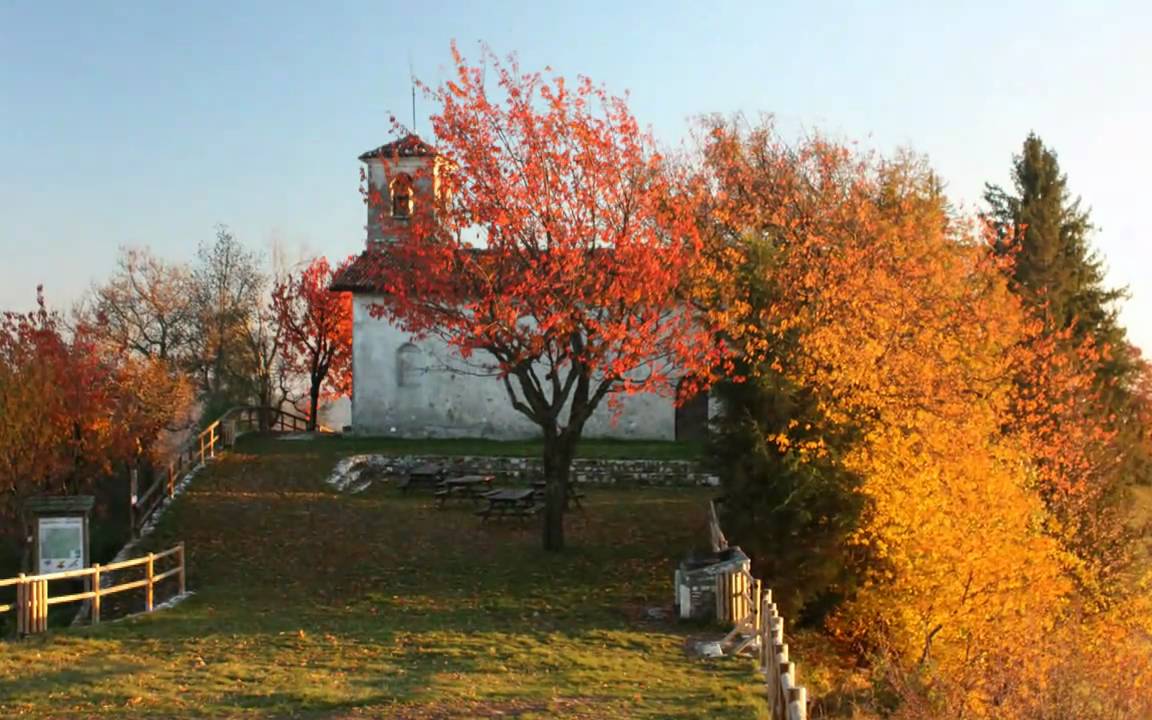
 |
| Lake Iseo, what to see: 10 stops not to be missed |
Warning: the translation into English of the original Italian article was created using automatic tools. We undertake to review all articles, but we do not guarantee the total absence of inaccuracies in the translation due to the program. You can find the original by clicking on the ITA button. If you find any mistake,please contact us.





























